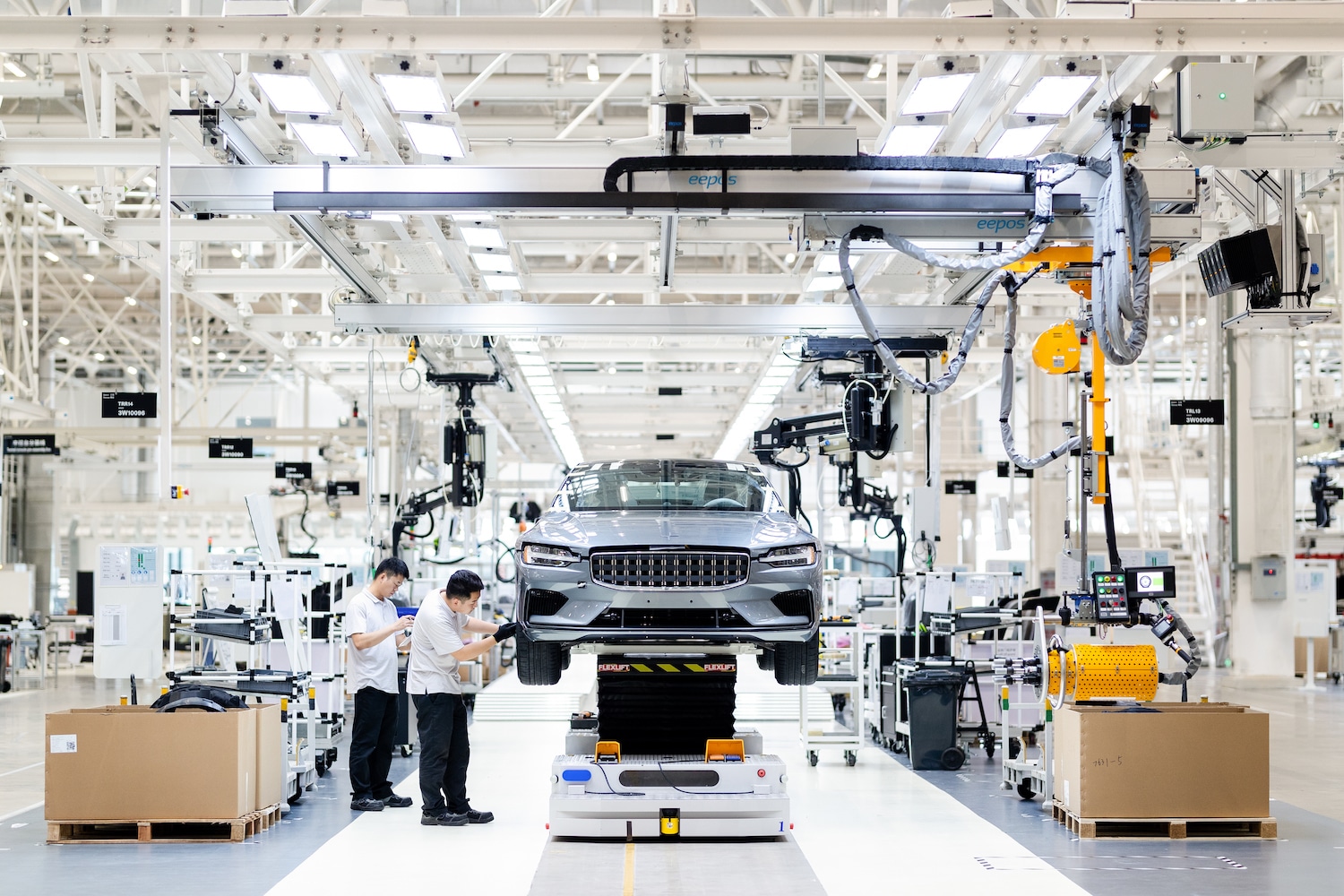Eco Bonus: Moving Towards Excluding Electric Cars Produced Outside Europe

The Government has decided, within the framework of ecological and energy planning, and the “Green Industry” strategy, to condition the allocation of the ecological bonus on a minimum level of environmental performance related to electric vehicle production.
This is a protectionist measure that doesn’t openly claim that name. But it doesn’t matter; the idea is to protect the French and European automotive industry against the inevitable invasion of vehicles designed and manufactured on other continents, subsidized in France through the ecological bonus. Or how to shoot oneself in the foot…
Everything relies on carefully crafted semantics: “The ecological bonus for purchasing a new electric vehicle allows French citizens, especially those with modest means, to buy an electric vehicle and thus reduce their fuel expenses while contributing to the reduction of greenhouse gas emissions and air pollutants. Currently, this bonus considers only one environmental criterion: its greenhouse gas emissions during use. However, such an approach doesn’t support the most environmentally virtuous vehicles, as it doesn’t account for emissions related to the vehicle’s lifecycle stages prior to on-road use.” In other words, vehicles produced near their delivery point, i.e., in France or Europe. This government consultation, running from July 28 to August 25, 2023, is implemented in accordance with Article L. 123-19-1 of the Environment Code, and its outcome seems predetermined.
“The draft decree includes achieving a minimum environmental performance score as part of the eligibility criteria for the ecological bonus defined in Article D. 251-1 of the Energy Code. It provides for the publication of a joint order by the ministers responsible for the economy, energy, ecology, and transport, listing the model versions eligible based on the environmental score. (…) The carbon footprint is calculated by summing the CO2 emissions during the lifecycle stages of a vehicle prior to on-road use: production of steel, aluminum, and other materials used in the vehicle, on the one hand, intermediate processing and vehicle assembly, on the other (with separate treatment of the battery, which accounts for a significant portion of the electric vehicle’s carbon footprint); manufacturing of the battery; and transportation of the vehicle from its assembly site to its distribution point in France.”
Once the orders are adopted, the environmental score’s implementation will not be immediate, and the government specifies that the new eligibility condition will not apply to vehicles ordered BEFORE December 31, 2023. It is up to manufacturers to have completed their environmental documentation beforehand, with processing by ADEME (Agency for Ecological Transition) taking two months.
Many top-selling electric models, produced notably in China, will thus be affected by this environmental regulation: Dacia Spring, MG4, certain Tesla 3 and Y, Volvo, Kia, Hyundai, etc. Now is the time to get good deals before these models—priced below 47,000 euros—lose their €5,000 bonus. The question remains whether the rest of Europe will follow France’s lead.
Finally, this explains the eagerness of some manufacturers to strengthen their presence in Europe, such as Tesla, which is in advanced negotiations with French President Emmanuel Macron regarding the establishment of a new factory.
READ ALSO: €21,000 for a Tesla? The dream may (perhaps) become real
This page is translated from the original post "Bonus écologique : vers une exclusion des voitures électriques produites hors d’Europe" in French.
We also suggestthese articles:
Also read





